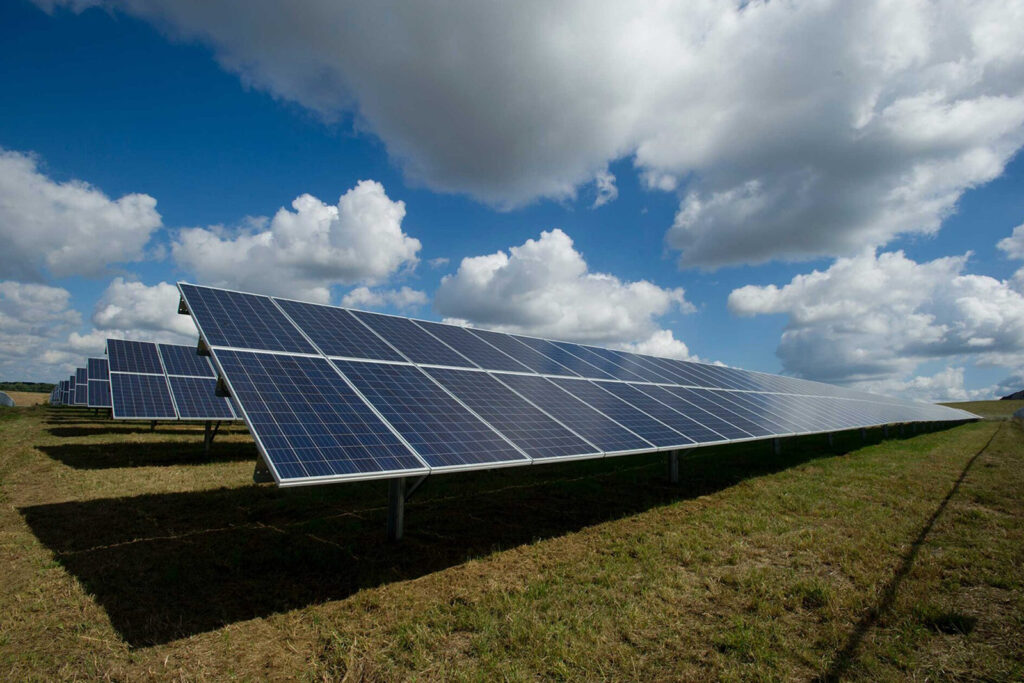Statement of Opposition to ICC S76-22

NEI formally opposes the recent International Code Council’s (ICC) change proposal S76-22 to the International Building Code (IBC), which would mandate structural Risk Category (RC) IV to be used for the basis of loading for utility scale solar and wind projects. This represents the same risk category as Essential Facilities, such as hospitals, fire stations, police stations, and structures critical to national defense. The change proposal is intended to increase the electrical grid reliability, especially after a large hazard loading event like extreme wind, seismic, or snow loading.
NEI does not dispute that the electrical grid is critical to the life and safety of the public; however, it is NEI’s opinion that requiring the structures to be engineered to RC IV will have the exact opposite of the intended effect. By limiting the economic viability of renewable generation projects, this change will restrain the modernization of the grid and the benefits from geographically distributed generation.
Currently, most PV panels and their supporting structures are engineered to RC I, and other equipment which conveys the generated electricity (e.g. inverters, substations, etc.) is engineered to RC II. Most wind turbine structural systems are currently engineered to RC II. Change proposal S76-22 would increase the wind load in PV panel structural systems by more than 50%. For systems engineered to RC II, this load increase is upwards of 20%. These load increases are often exceeded in hurricane prone areas. The seismic and snow loading on structural systems would increase by up to 50% on structures currently engineered to both RC I and II.
Strictly looking at solar installation, one of the largest cost components of the plant are the steel driven piles that support the PV panels; increasing the structural load would have a directly proportional relationship to steel material need and a similarly proportional relationship to installation cost due to the handling of heaver material and installation of larger and heavier piles. Our best estimates indicate this would increase steel weights, and hence costs, by 50% to 60% and possibly higher in areas with poor soil conditions. In addition, the currently available panels, trackers, clamps, and other PV equipment have not been designed nor tested to the increased loading demand required in areas with high wind loading, such as hurricane prone regions or special wind areas and areas prone to high seismic activity. This increased cost of material and installation would stifle investment into renewable energy generation.
According to the National Renewal Energy Laboratory (NREL), the electrical energy demand is anticipated to increase by upwards of 38% by 2050 as a result of widespread electrification in the US. This is at a time when traditional generation like coal plants are being taken offline. In addition, most grid experts agree the most effective method to increase overall grid reliability to increase grid redundancy and resiliency by increasing overall grid generation and through geographically diversity of the grid generation, not necessarily increasing the structural reliability of a single generation asset.
It should be an active ambition of the industry to maximize grid capacity and geographical diversity by encouraging economically feasible investments in electrical generation. This approach is proven to be a more effective method to increase the reliability of the electrical grid.
The industry has spent decades of effort and significant financial resources investing in renewable energy, establishing design and installation efficiencies, training engineers and installers, and creating effective supply chain markets to reduce the costs of these facilities. This change would erase a large portion of these gains and set the industry back many years. For these reasons, NEI opposes ICC change proposal S76-22 and calls for the voting member of the committee to disapprove this change proposal.